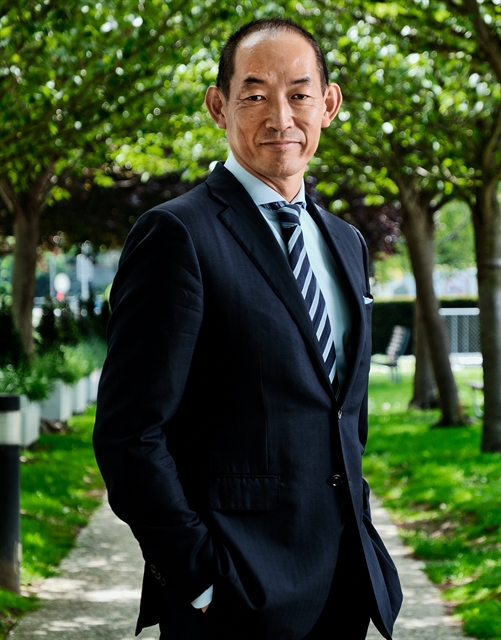 Opinion
Opinion


|
| Dr Takeshi Kasai, WHO Regional Director for the Western Pacific. — Photo courtesy of the WHO |
Takeshi Kasai *
COVID-19 is far from over. Worldwide we have surpassed 100 million cases, and tragically, more than 2 million people have lost their lives to the disease. These are not just numbers, but people. Each person has a name and a story. And each name is someone’s mother, father, child, brother, sister or grandparent.
One year into this pandemic, we have gained a lot of experience. We know what works to slow or stop the spread of the virus. Wearing masks, frequent hand washing, and physical distancing stop transmission, and save lives. We also know that targeted social measures such as lockdowns and stay-at-home orders are effective in stopping transmission, especially if there is community support, though they do have significant economic and social impacts. There is no easy way out of this pandemic and unfortunately, it is far from over.
Yet, as we move into our second year of living with COVID-19, additional tools for fighting the virus bring hope. We are now very optimistic about the development of new, safe and effective COVID-19 vaccines, and many people in Việt Nam, are asking when vaccines will be available. Unfortunately, there is not a simple answer to this question.
We anticipate that in 2021, at least in the next few months, demand will vastly exceed supply. While this is the case, we must prioritise those most exposed to infection, and most vulnerable to getting very sick from it – that is, frontline health care workers, and older people. Prioritising these groups is needed to maintain healthcare capacity, and save lives. COVAX (the COVID vaccine facility) aims to provide an initial allocation of about 4.8 million doses to Việt Nam to vaccinate these highest priority groups (approximately 2.5 per cent of the population), as quickly as possible within the next few months.
Following this, the goal is to provide enough vaccine doses to cover at least 20 per cent of the population – including other priority groups, such as people with pre-existing illnesses which put them at higher risk of getting sick from COVID-19 – by the end of this year. In most countries, vaccinations will not be available to the wider population until sometime after that. But challenges with vaccine production and delivery – for example, with manufacturing – make the precise timing of each of these phases of the vaccine rollout uncertain.
Governments, the WHO, and other partners are all working very hard to try to secure initial doses for all countries, including Việt Nam, as soon as possible. Though vaccines alone won’t end the pandemic, they will be an extremely important additional tool in strengthening our response to COVID-19 when used in combination with the other measures we know work.
Current evidence shows that the existing COVID-19 vaccines are effective at stopping disease, but we still don’t know if they prevent people from becoming infected with the virus. This means that being vaccinated will stop you from getting sick, but it may not prevent you from passing the virus onto others. It is also the case that while these new vaccines are very promising, no vaccine is 100 per cent effective. So even once vaccines are rolled out, we must maintain adherence to all the other measures that we know work to stop transmission of COVID-19.
In countries with outbreaks and ongoing community transmission, maintaining physical distance, hand hygiene, staying home when sick, avoiding crowed spaces – all the behaviours we have been promoting for the last year – must be continued. In countries that have managed to suppress or even contain COVID-19 transmission, there is still always a risk of future outbreaks. We must continue to prepare for this scenario, and be ready to activate a targeted response whenever necessary.
And even as the number of people vaccinated increases, we must not let down our guard. We know that everyone everywhere is tired of the pandemic. But no country is safe until every country is safe. Until the vast majority of every country’s population has been vaccinated, we must use or be ready to use the measures we know are effective at slowing or stopping the spread of COVID-19.
We encourage people in Việt Nam to continue listening to your local health authorities and thinking about how the actions we take as individuals determine our collective health. Individuals and communities in all countries have the power to influence the course that this pandemic takes next.
There is still a lot of work to be done, and the WHO will continue working closely with Việt Nam in the fight against COVID-19. We are all in this together. —VNS
*Dr Takeshi Kasai, WHO Regional Director for the Western Pacific




